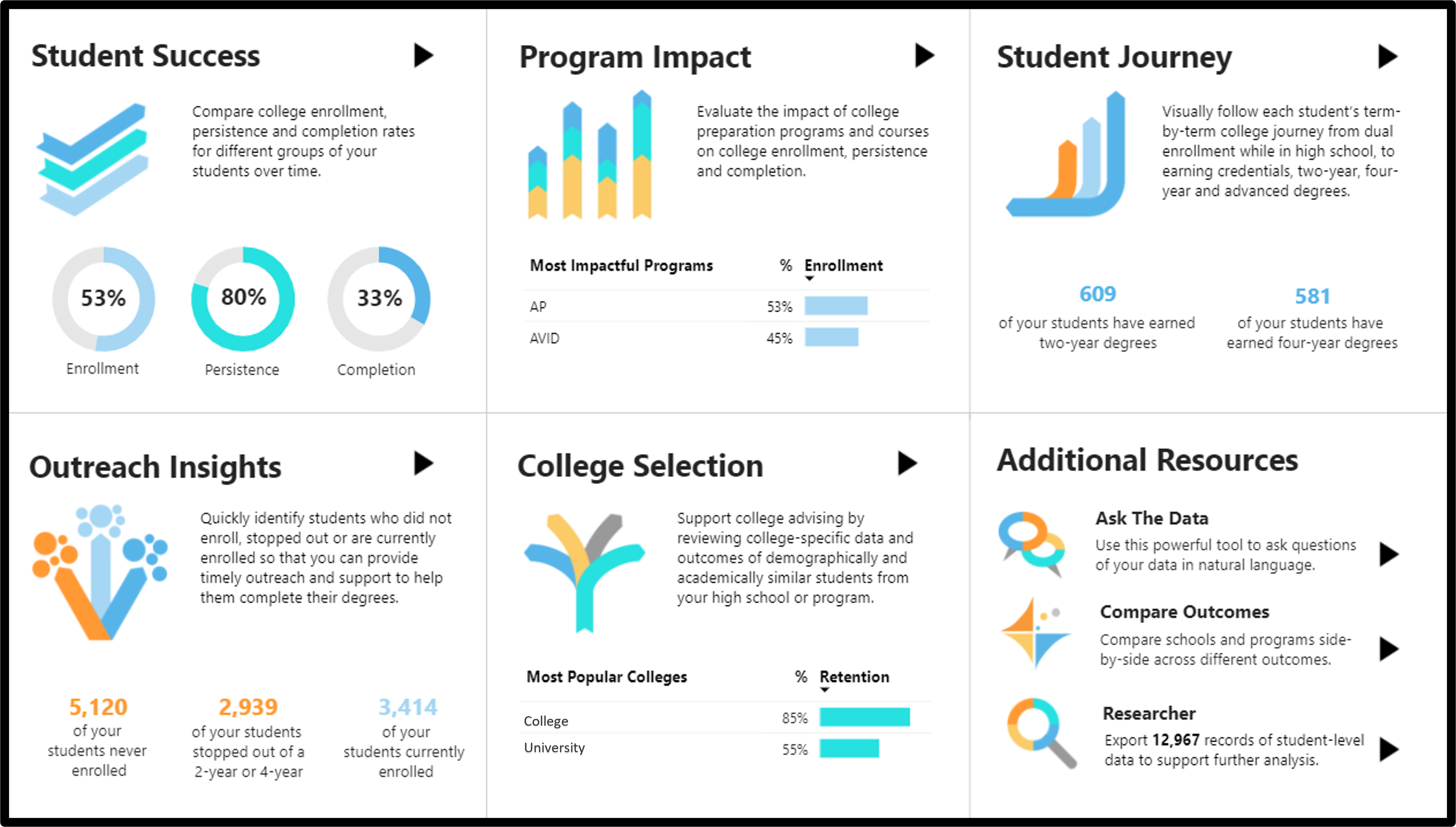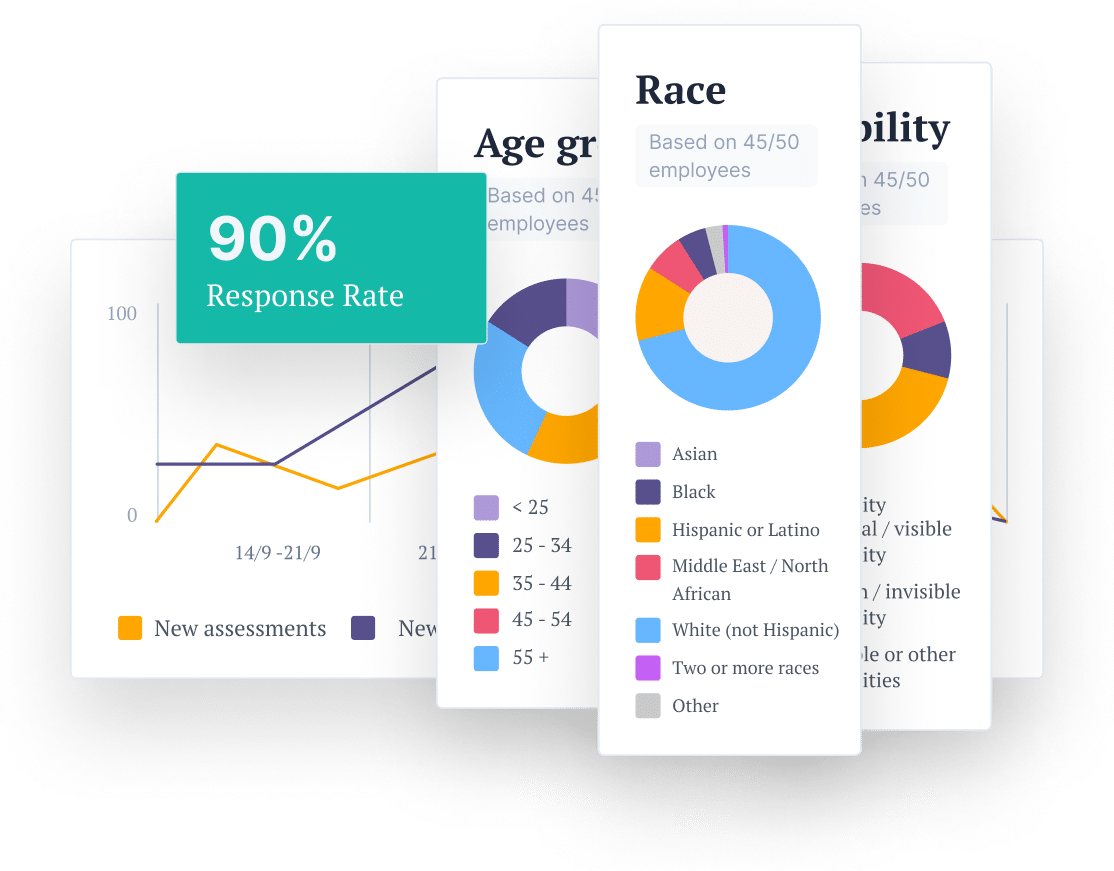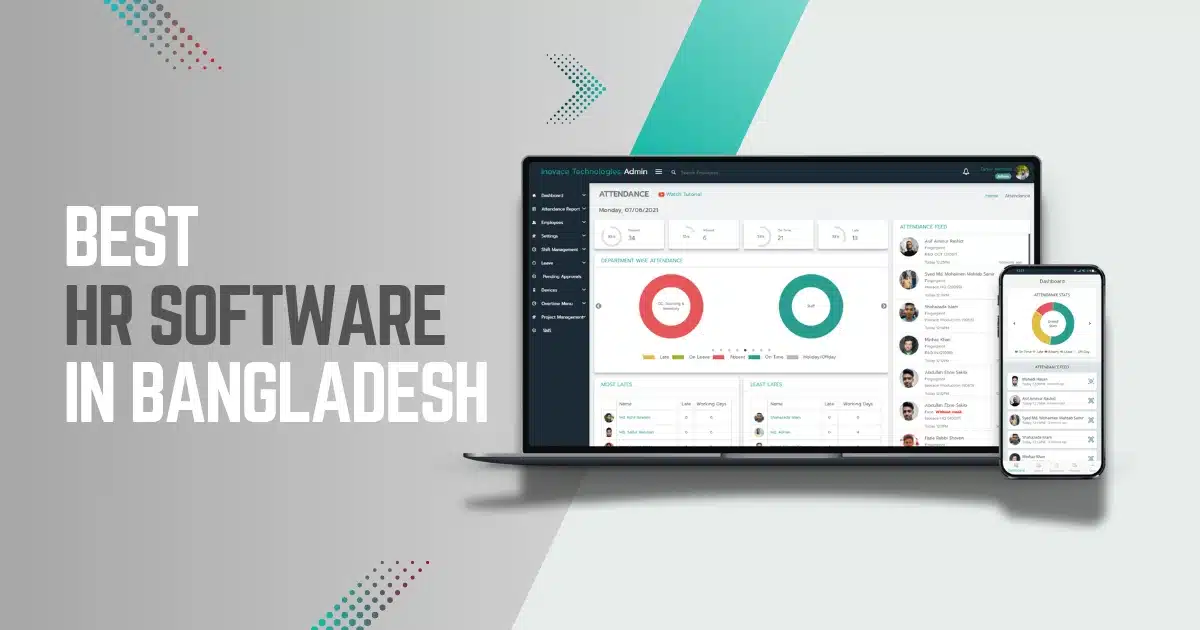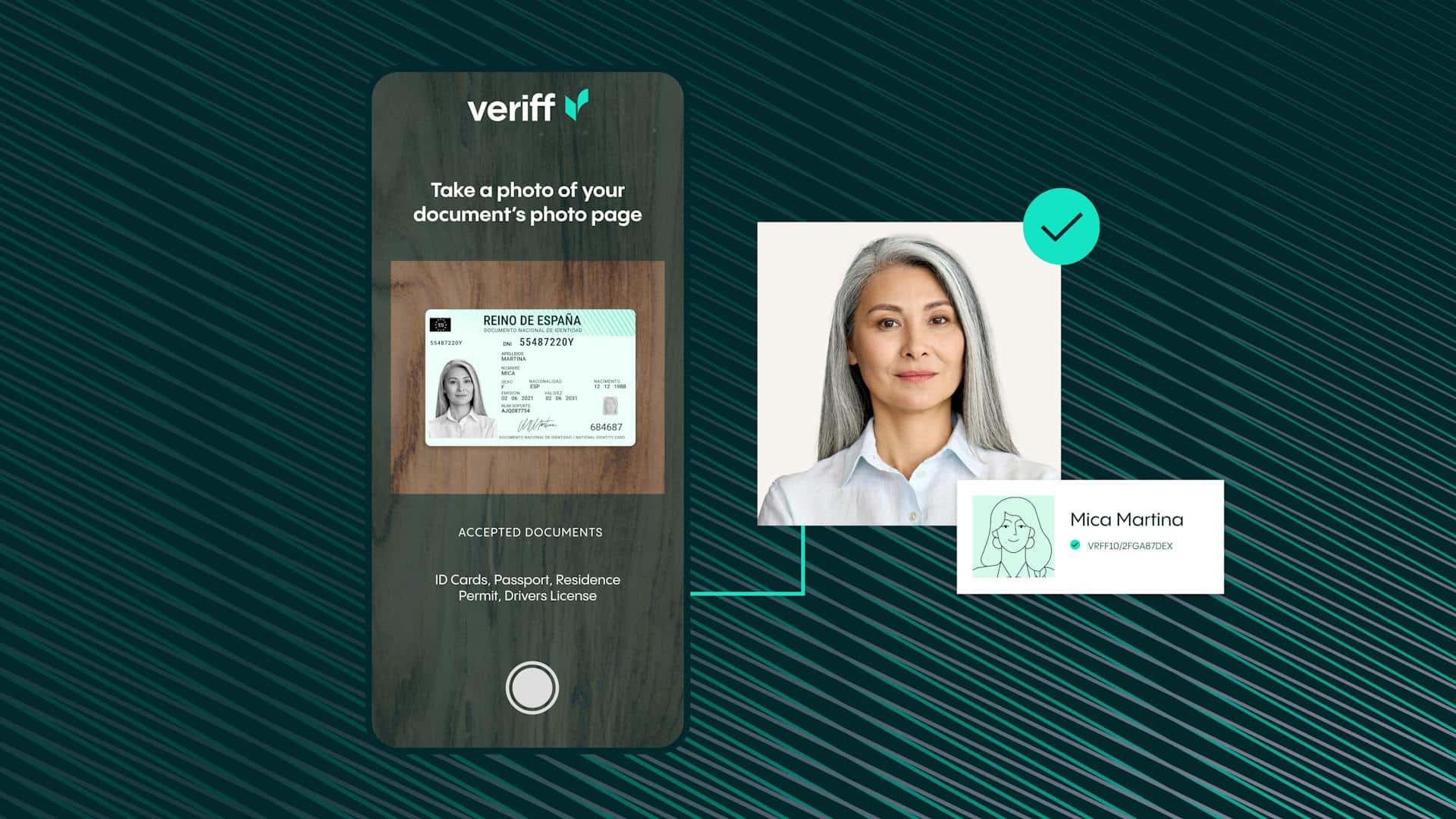Diversity, equity, and inclusion (DEI) are important. Companies want to measure DEI. They need real-time DEI metric dashboards. But what is required for these dashboards? Let’s find out !

Credit: www.worklytics.co
Understanding DEI Metrics
DEI metrics help companies track diversity, equity, and inclusion. They show if the company treats people fairly. They help to make better decisions. These metrics can be about many things. For example, the number of women in the company. Or the number of people from different backgrounds.
Importance of Real-Time Dashboards
Real-time dashboards show data instantly. They help to see changes quickly. This is very useful. Companies can act fast. They can fix problems faster. Real-time dashboards are like a car’s dashboard. They show important information at a glance.
What You Need for Real-Time DEI Dashboards
To create real-time DEI dashboards, you need some things. Let’s look at them one by one.
1. Data Collection Tools
First, you need tools to collect data. These tools gather information. They can be surveys or software. The data must be accurate. It must come from different sources. This helps to get a complete picture.
2. Data Storage
Next, you need a place to store data. This is called a database. The database must be secure. It should protect personal information. It must also be big enough to store all data.
3. Data Processing
Data must be processed. This means cleaning and organizing it. Dirty data can give wrong results. Clean data is accurate. It helps to make good decisions.
4. Data Visualization Tools
Data visualization tools show data in a simple way. They can create charts and graphs. These tools make data easy to understand. They help to see trends and patterns. Examples are Tableau and Power BI.
5. Real-time Data Integration
Data must be updated in real-time. This means as soon as new data comes in, it is added to the dashboard. This requires good integration tools. They connect different data sources. They make sure data flows smoothly.
6. User-friendly Interface
The dashboard must be easy to use. It should have a simple design. Users should find what they need quickly. The interface should be clear. No one likes a confusing dashboard.
7. Security Measures
Data security is important. The dashboard must protect sensitive information. It should have strong security measures. For example, encryption and secure access controls.
Steps to Create Real-Time DEI Dashboards
Creating real-time DEI dashboards involves several steps. Let’s look at them.
Step 1: Identify Key Metrics
First, identify key DEI metrics. These are the most important data points. They will show if the company is doing well. Examples are gender ratio and ethnic diversity.
Step 2: Choose Data Collection Tools
Choose the right tools to collect data. These tools should be reliable. They should gather accurate data. They can be surveys or software programs.
Step 3: Set Up Data Storage
Set up a secure database. This is where all data will be stored. Make sure it is big enough. Also, make sure it protects personal information.
Step 4: Process Data
Clean and organize the data. Remove any errors. Make sure the data is accurate. This step is very important.
Step 5: Integrate Data
Connect different data sources. Make sure data flows smoothly. This will help to update the dashboard in real-time.
Step 6: Visualize Data
Use data visualization tools. Create charts and graphs. Make the data easy to understand. Show trends and patterns clearly.
Step 7: Design a User-friendly Interface
Design a simple and clear interface. Make sure users can find what they need easily. Avoid clutter. Keep the design clean.
Step 8: Implement Security Measures
Protect sensitive information. Use strong security measures. Encrypt data. Control who can access the dashboard.

Credit: www.ncan.org
Benefits of Real-Time DEI Dashboards
Real-time DEI dashboards have many benefits. They help companies see DEI progress. They show where improvements are needed. They help to make better decisions. They also show commitment to DEI. This can attract diverse talent. It can improve the company’s reputation.
Challenges in Creating Real-Time DEI Dashboards
Creating real-time DEI dashboards can be challenging. Data collection can be difficult. It must be accurate. Processing data takes time. Integration can be complex. Designing a user-friendly interface is not easy. Security is a big concern. But these challenges can be overcome. With the right tools and steps, it is possible.
Frequently Asked Questions
What Is Dei In Metric Dashboards?
DEI stands for Diversity, Equity, and Inclusion. These metrics track workplace diversity and fairness.
Why Are Real-time Dei Metrics Important?
Real-time DEI metrics help organizations monitor diversity progress instantly. They reveal issues quickly for timely action.
How Do Real-time Dei Dashboards Work?
They collect and display DEI data instantly. This helps track diversity goals and improvements.
What Data Is Needed For Dei Dashboards?
Employee demographics, hiring stats, promotions, and retention rates. This data shows diversity and inclusion levels.
Conclusion
Real-time DEI metric dashboards are important. They help companies track diversity, equity, and inclusion. They require data collection tools, data storage, processing, visualization, integration, a user-friendly interface, and security. The steps to create these dashboards include identifying key metrics, choosing data collection tools, setting up data storage, processing data, integrating data, visualizing data, designing the interface, and implementing security measures. Real-time DEI dashboards have many benefits. They help to see progress, make better decisions, and show commitment to DEI. While there are challenges, they can be overcome. With the right approach, companies can create effective real-time DEI dashboards.








